Spotted Lanternfly Honeydew Mold: What It Is and How to Get Rid of It
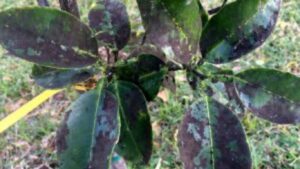
Have you noticed a sticky mess on your trees or patio that seems to attract ants, bees, or wasps? Maybe there’s also a black, soot-like substance spreading over your plants or outdoor furniture. If so, you might be dealing with a hidden invader: spotted lanternfly honeydew mold.
This issue goes beyond a simple pest problem—it can harm plants, trees, and even your home’s appearance. But don’t worry. In this post, we’ll break down everything you need to know about honeydew mold caused by spotted lanternflies, how to clean it up, and most importantly, how to prevent it.
What Is Spotted Lanternfly Honeydew Mold?
Let’s start from the top.
Spotted lanternflies are invasive insects that feed on plant sap. While doing so, they excrete a sugary liquid called honeydew. This sweet substance quickly becomes a magnet for mold. Specifically, it fuels the growth of a dark-colored fungus known as sooty mold.
So, when people mention “spotted lanternfly honeydew mold,” they’re talking about this sticky combo: sugary waste from the insect + the mold that grows on it. And together, they make a big mess.
Why Is It a Problem?
While honeydew itself is just a sugary substance, the problems start once mold begins to grow on it. Here’s why you should care:
-
Plant damage: The mold blocks sunlight from reaching the leaves, hurting photosynthesis.
-
Stunted growth: Over time, affected plants may grow slower or stop growing altogether.
-
Property damage: Patios, cars, furniture, and siding can get stained and slippery.
-
Unpleasant odor: The sticky residue can encourage the presence of bees, wasps, and ants.
-
Tree decline: Trees under stress from feeding lanternflies may lose leaves early or become more prone to disease.
Clearly, this isn’t something you want to ignore.
Where Does Honeydew Mold Show Up?
You can find honeydew mold anywhere spotted lanternflies hang out. Some common spots include:
-
The trunks of and leaves (especially Ailanthus or “Tree of Heaven”)
-
Shrubs, vines, and other garden plants
-
Outdoor furniture
-
Decks and patios
-
Car windshields or hoods
-
Fence posts and siding
If you notice black streaks or a sticky film in these areas, take a closer look for lanternflies.
How to Get Rid of Spotted Lanternfly Honeydew Mold
Getting rid of the mold means handling both the sticky residue and the lanternflies causing it. Here’s a step-by-step guide:
1. Stop the Source
The first step? Control the lanternflies. Otherwise, more honeydew will keep coming. Try the following:
-
The use of insecticidal soap or neem oil on affected plants.
-
Applying of sticky bands or circle traps to tree trunks.
-
The removal of egg masses by scraping off trees between fall and spring.
-
Vacuum up nymphs or adults using a shop vac.
-
Call a professional if the infestation is heavy.
Once the lanternflies are under control, you can focus on the mold cleanup.
2. Wash Affected Surfaces
For non-plant surfaces like patios, siding, or cars:
-
Use warm, soapy water and a sponge.
-
Add white vinegar or baking soda for extra cleaning power.
-
Rinse thoroughly with a garden hose.
This removes the sticky film and black mold stains.
3. Clean Plants Gently
For garden plants and trees:
-
Spray the leaves with water by using a hose with moderate pressure can help to bring control.
-
Add a drop of dish soap to help remove residue.
-
Wiping the plant leaves gently with a soft cloth if needed has proven to be effective.
Avoid using harsh chemicals on delicate plants.
4. Trim and Prune
If mold covers entire branches or leaves, pruning might be necessary. Removing damaged parts helps the plant recover faster.
How to Prevent Honeydew Mold from Returning
It’s one thing to clean up the mess. It’s another to make sure this garden issue doesn’t come back. Here’s how to prevent future outbreaks:
1. Eliminate the Tree of Heaven
This invasive tree is a favorite host for spotted lanternflies. If it’s on your property, consider removing it—especially female trees that can reproduce.
2. Use Horticultural Oil or Neem
These oils work as a natural deterrent for both lanternflies and other sap-sucking insects.
3. Keep Plants Healthy
Healthy trees and plants are better able to resist mold and insect damage. Regular watering, pruning, and fertilizing will aid in keeping your garden plants healthy.
4. Inspect Regularly
Check your plants, decks, and outdoor surfaces regularly—especially during late spring through early fall. Catching signs early can prevent full-blown infestations.
10 Frequently Asked Questions About Spotted Lanternfly Honeydew Mold
1. What does spotted lanternfly honeydew look like?
It’s a clear or slightly cloudy sticky liquid that collects on leaves, bark, or surfaces below where lanternflies feed. With time, it will encourage black, sooty mold growth.
2. Is the mold dangerous to humans or pets?
No, sooty mold isn’t toxic to humans or pets. But it can cause allergic reactions in sensitive people and may create slippery surfaces.
3. Can honeydew mold kill a tree?
On its own, no. But when combined with heavy feeding from spotted lanternflies, it can stress trees enough to cause decline or death over time.
4. How do I remove honeydew mold from my car?
Use warm soapy water and a soft cloth. If needed, use a vinegar-water mix (1:1 ratio). Avoid abrasive scrubbing to protect your paint.
5. What kind of mold grows on spotted lanternfly honeydew?
It’s typically a type of sooty mold fungus. This mold feeds on the sugars in the honeydew and spreads as long as the surface stays sticky.
6. Do all insects produce honeydew?
No. Only sap-feeding insects like aphids, scale, whiteflies, and spotted lanternflies produce honeydew.
7. When is honeydew mold most common?
Late summer through early fall is when you’ll see the most honeydew and mold buildup, since lanternfly populations peak during this time.
8. How can I clean honeydew mold off plants without chemicals?
Use a gentle hose spray and a diluted solution of dish soap and water. Rinse thoroughly. Repeat as needed every few days.
9. Are there any natural predators of the spotted lanternfly?
Yes! Birds like chickens, praying mantises, and certain spiders may eat them. But natural predators alone aren’t enough to control large infestations.
10. What’s the best long-term solution for honeydew mold?
The most effective solution is lanternfly control. If you stop the insects, you stop the honeydew—and the mold will follow.
Conclusion: Don’t Let the Mold Win
Spotted lanternfly honeydew mold may seem like just a messy nuisance, but it signals a deeper problem. If left untreated, it can hurt your plants, trees, and outdoor surfaces.
Thankfully, you can take action right away.
-
Start by reducing spotted lanternfly numbers.
-
Clean moldy surfaces regularly.
-
Use natural remedies like neem oil and insecticidal soap.
-
Keep your yard clean, plants healthy, and trees trimmed.
And don’t forget—early detection is key.
Whether you’re a gardener, homeowner, or just tired of that black grime on your deck, now is the perfect time to tackle spotted lanternfly honeydew mold head-on. Your plants—and your patio—will thank you.
Need extra help spotting or stopping lanternflies? Stay tuned to our blog at bugoffcontrol.com for guides, tools, and product reviews that help you take back your space from pests—naturally and effectively.

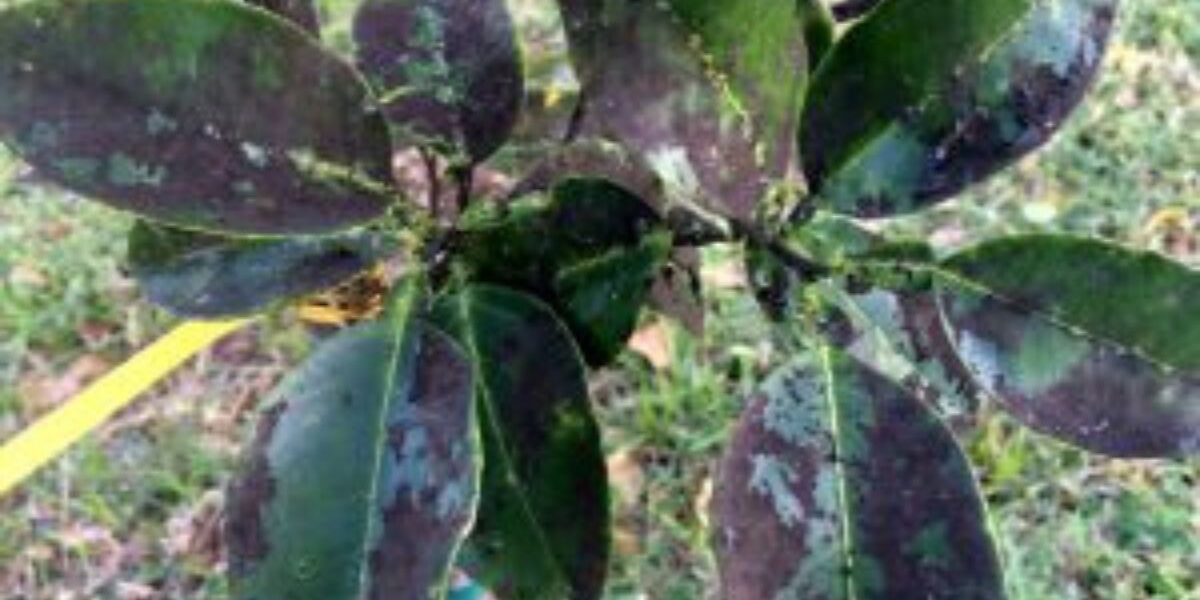



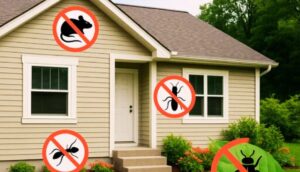
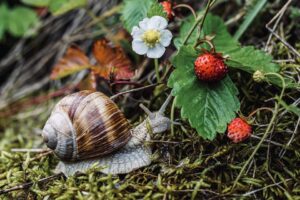

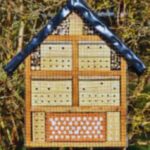
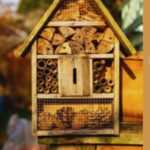

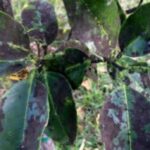
Hello, this article really interesting. In fact, your whole website is very impressive. It is very well organized and very colorful. You have a very good attention getter here. I see you have put a lot of workin this website.
Anyway, I was checking several of your articles and this one really caught my eye because I never heard of Spotted Lanternfly Honeydew Mold. I was wondering if it it may be found along the bottom of a patio fence and then I saw how your article mentions; “Fence posts and siding.” So I could possibly have this situation along the bottom of my wood patio fence. I think I want to get some neem oil and check out my patio fence situation. I am familiar with neem. I use neem toothpaste. Anyway, Thank you for this article I am going to use it to get my fence cleaned up. I will follow the directions get things looking good again. MAC.
You are welcome, I am so happy to help and thanks for your kind words.
This was such a helpful read! We’ve been dealing with this problem for a while now, and I honestly thought it was just a matter of “clean it up and move on.” I usually just grab some soap and water to scrub things down, but I had no idea vinegar or baking soda could make such a big difference; definitely trying that next time!
What really stood out to me were your prevention tips. I never realized the Tree of Heaven attracts spotted lanternflies so much; now I know to keep an eye out for it on our property. I also love the idea of using horticultural oil or neem as a natural deterrent, and the reminder to keep plants healthy so they can resist mold and insect damage makes perfect sense.
Thank you for explaining everything so clearly and giving practical steps I can actually follow!